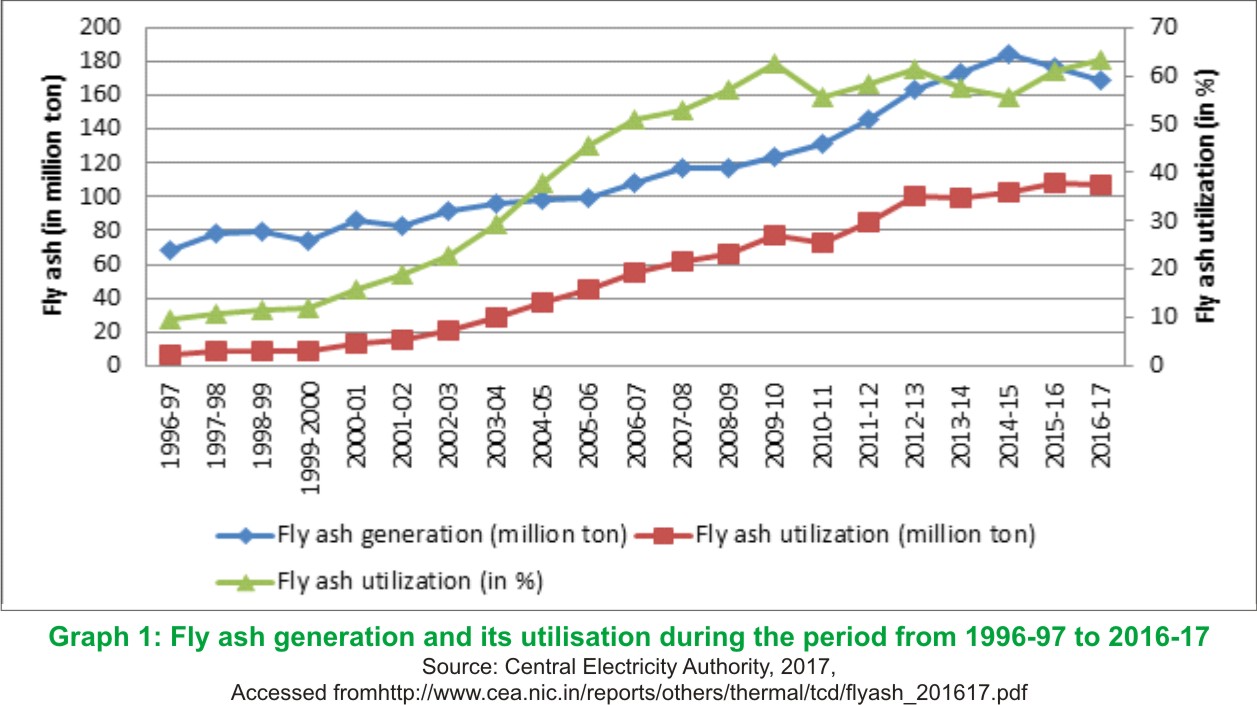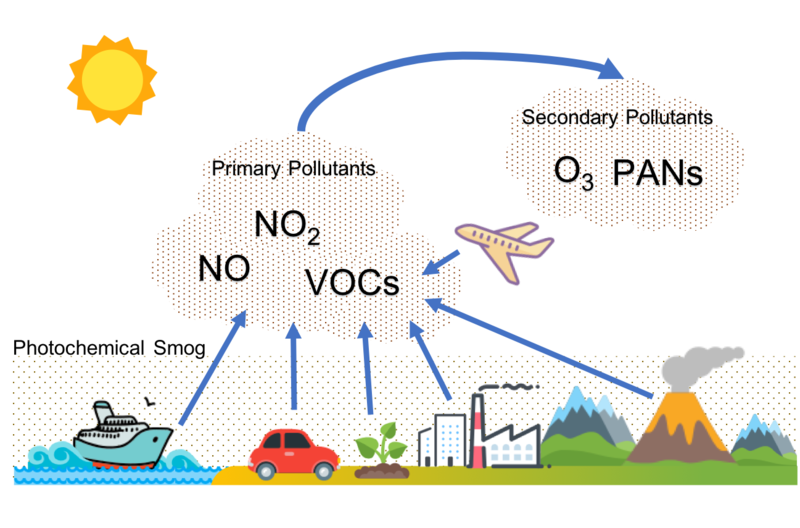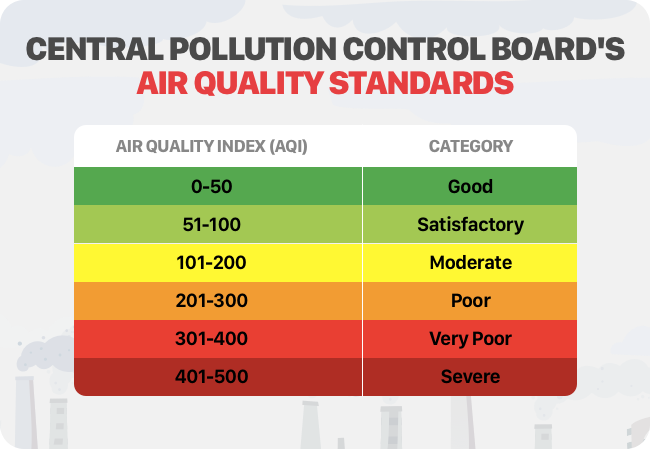Static Quiz 24 May 2022
Quiz-summary
0 of 5 questions completed
Questions:
- 1
- 2
- 3
- 4
- 5
Information
Static Quiz 24 May 2022 for UPSC Prelims
You have already completed the quiz before. Hence you can not start it again.
Quiz is loading...
You must sign in or sign up to start the quiz.
You have to finish following quiz, to start this quiz:
Results
0 of 5 questions answered correctly
Your time:
Time has elapsed
You have reached 0 of 0 points, (0)
Categories
- Not categorized 0%
- 1
- 2
- 3
- 4
- 5
- Answered
- Review
- Question 1 of 5
1. Question
Consider the following statements about Fly Ash
1. Major constituents of fly ash are arsenic, beryllium, boron and cadmium
2. Currently in India, 63% of the fly ash produced is utilized
3. It is used for soil stabilizationWhich of the statements given above is/are correct?
CorrectAns:- b) 2 and 3 Only
Explanation:-
• The statement 1st is incorrect because Fly ash includes substantial amounts of silicon dioxide (SiO2), aluminium oxide (Al2O3) and calcium oxide (CaO), not the above mentioned which are minor not major constituents in Fly Ash.• Minor constituents include arsenic, beryllium, boron, cadmium, chromium, hexavalent chromium, cobalt, lead, manganese, mercury, molybdenum, selenium, strontium, thallium, and vanadium, along with very small concentrations of dioxins and Polycyclic aromatic hydrocarbons (PAH) compounds

• Soil stabilization is the permanent physical and chemical alteration of soils to enhance their physical properties. Stabilization can increase the shear strength of a soil and/or control the shrink-swell properties of a soil, thus improving the load-bearing capacity of a sub-grade to support pavements and foundations.
• Stabilization can be used to treat a wide range of sub-grade materials from expansive clays to granular materials. Stabilization can be achieved with a variety of chemical additives including lime, fly ash, and Portland cement
IncorrectAns:- b) 2 and 3 Only
Explanation:-
• The statement 1st is incorrect because Fly ash includes substantial amounts of silicon dioxide (SiO2), aluminium oxide (Al2O3) and calcium oxide (CaO), not the above mentioned which are minor not major constituents in Fly Ash.• Minor constituents include arsenic, beryllium, boron, cadmium, chromium, hexavalent chromium, cobalt, lead, manganese, mercury, molybdenum, selenium, strontium, thallium, and vanadium, along with very small concentrations of dioxins and Polycyclic aromatic hydrocarbons (PAH) compounds

• Soil stabilization is the permanent physical and chemical alteration of soils to enhance their physical properties. Stabilization can increase the shear strength of a soil and/or control the shrink-swell properties of a soil, thus improving the load-bearing capacity of a sub-grade to support pavements and foundations.
• Stabilization can be used to treat a wide range of sub-grade materials from expansive clays to granular materials. Stabilization can be achieved with a variety of chemical additives including lime, fly ash, and Portland cement
- Question 2 of 5
2. Question
Photochemical smog is a resultant of the reaction among
CorrectAns;- a) NO2, 03 and peroxyacetyl nitrate in the presence of sunlight
Explanation;-
• Photochemical smog is the chemical reaction of sunlight, nitrogen oxides and volatile organic compounds in the atmosphere, which leaves airborne particles and ground-level ozone.
 Incorrect
IncorrectAns;- a) NO2, 03 and peroxyacetyl nitrate in the presence of sunlight
Explanation;-
• Photochemical smog is the chemical reaction of sunlight, nitrogen oxides and volatile organic compounds in the atmosphere, which leaves airborne particles and ground-level ozone.

- Question 3 of 5
3. Question
In India, ‘extended producer responsibility’ was introduced as an important feature in which of the following?
CorrectAns;- c) The e- Waste (Management and handling) rules, 2011
Explanation;-
• The e-Waste (Management and Handling) Rules, 2011 recognizes producers’ liability for recycling and reducing e-waste in the country.
• Extended Producer Responsibility (EPR) is a policy approach under which producers are given a significant responsibility – financial and/or physical – for the treatment or disposal of post-consumer products.
• The Central Pollution Control Board (CPCB) has been given the Extended Producer Responsibility (EPR) authorisation under the new e-waste rulesIncorrectAns;- c) The e- Waste (Management and handling) rules, 2011
Explanation;-
• The e-Waste (Management and Handling) Rules, 2011 recognizes producers’ liability for recycling and reducing e-waste in the country.
• Extended Producer Responsibility (EPR) is a policy approach under which producers are given a significant responsibility – financial and/or physical – for the treatment or disposal of post-consumer products.
• The Central Pollution Control Board (CPCB) has been given the Extended Producer Responsibility (EPR) authorisation under the new e-waste rules - Question 4 of 5
4. Question
Why is there a great concern about the microbeads that are released into environment?
CorrectAns;- a) They are considered harmful to marine ecosystem
Explanation;-
• Bureau of Indian Standards (BIS) has classified microbeads as “unsafe” for use in cosmetic products. NGT had earlier directed the Centre to test cosmetic products containing microbeads after a plea sought ban on their use on the ground they are extremely dangerous for aquatic life and environment.
• Microbeads are tiny plastic substances measuring less than five millimeters that act as exfoliators (agents which remove dead cells) on skin and teeth when used in soap, toothpaste and other products. Many brands manufacturing beauty products use microbeads. The unregulated production and usage of plastic in microbeads in various cosmetic products and their excessive usage by the end user is leading to water pollution across the globe.
• Once in the water, microbeads can have a damaging effect on marine life, the environment and human health. This is due to their composition, ability to adsorb toxins and potential to transfer up the marine food chain.
IncorrectAns;- a) They are considered harmful to marine ecosystem
Explanation;-
• Bureau of Indian Standards (BIS) has classified microbeads as “unsafe” for use in cosmetic products. NGT had earlier directed the Centre to test cosmetic products containing microbeads after a plea sought ban on their use on the ground they are extremely dangerous for aquatic life and environment.
• Microbeads are tiny plastic substances measuring less than five millimeters that act as exfoliators (agents which remove dead cells) on skin and teeth when used in soap, toothpaste and other products. Many brands manufacturing beauty products use microbeads. The unregulated production and usage of plastic in microbeads in various cosmetic products and their excessive usage by the end user is leading to water pollution across the globe.
• Once in the water, microbeads can have a damaging effect on marine life, the environment and human health. This is due to their composition, ability to adsorb toxins and potential to transfer up the marine food chain.
- Question 5 of 5
5. Question
In the cities of our country, which among the following atmospheric gases are normally considered in calculating the value of Air Quality Index?
1. Carbon dioxide
2. Carbon monoxide
3. Nitrogen dioxide
4. Sulfur dioxide
5. MethaneSelect the correct answer using the code given below.
CorrectAns;- b) 2, 3 and 4 only
Explanation;-
Eliminated the CO2 from the option, because Carbon dioxide is not part of it.
About National Air Quality Index
• Launched in 2014 with outline ‘One Number – One Color -One Description’ for the common man to judge the air quality within his vicinity.
• The measurement of air quality is based on eight pollutants, namely: Particulate Matter (PM10), Particulate Matter (PM2.5), Nitrogen Dioxide (NO2), Sulphur Dioxide (SO2), Carbon Monoxide (CO), Ozone (O3), Ammonia (NH3), and Lead (Pb).
• AQI has six categories of air quality. These are: Good, Satisfactory, Moderately Polluted, Poor, Very Poor and Severe.
• It has been developed by the CPCB in consultation with IIT-Kanpur and an expert group comprising medical and air-quality professionals.
 Incorrect
IncorrectAns;- b) 2, 3 and 4 only
Explanation;-
Eliminated the CO2 from the option, because Carbon dioxide is not part of it.
About National Air Quality Index
• Launched in 2014 with outline ‘One Number – One Color -One Description’ for the common man to judge the air quality within his vicinity.
• The measurement of air quality is based on eight pollutants, namely: Particulate Matter (PM10), Particulate Matter (PM2.5), Nitrogen Dioxide (NO2), Sulphur Dioxide (SO2), Carbon Monoxide (CO), Ozone (O3), Ammonia (NH3), and Lead (Pb).
• AQI has six categories of air quality. These are: Good, Satisfactory, Moderately Polluted, Poor, Very Poor and Severe.
• It has been developed by the CPCB in consultation with IIT-Kanpur and an expert group comprising medical and air-quality professionals.







